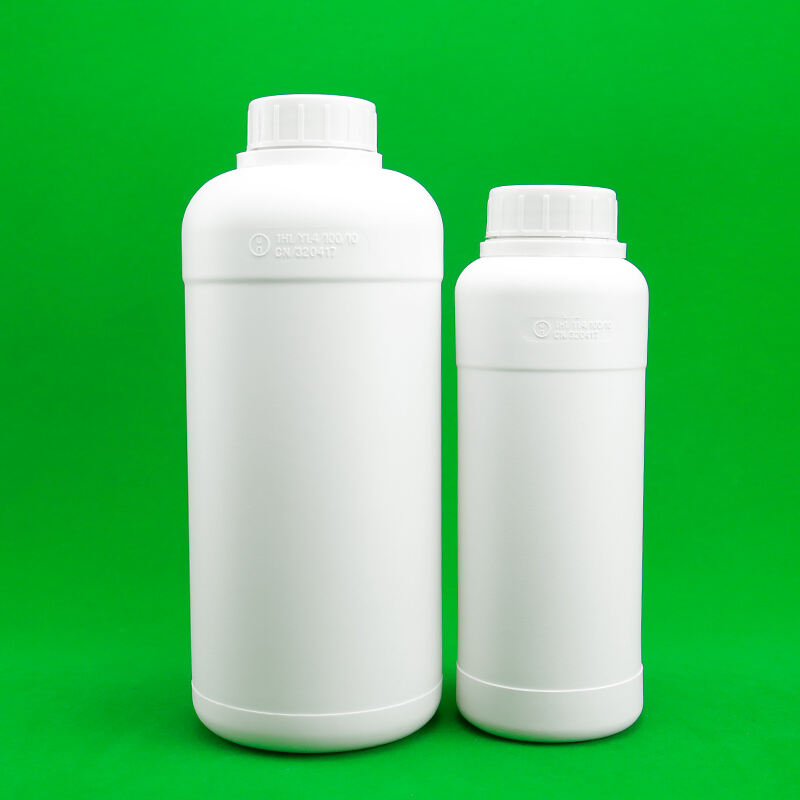
أسعار معقولة للزجاجات البلاستيكية مع JB BOTTLE
يتأكد JB BOTTLE من أن العملاء يحصلون على توازن رائع بين التكلفة والجودة مع كل عملية شراء لزجاجة بلاستيكية. يتضمن نطاق منتجاتنا زجاجات توابل، وزجاجات عطر فاخرة، وزجاجات حبر متخصصة مثل chromacotton وزجاجات الحبر الكحولي. تم تصميم زجاجاتنا البلاستيكية لتكون قوية وقابلة للتخصيص، وتقدم خيارات ممتازة لتخصيص زجاجة المياه لتتناسب مع علامتك التجارية.